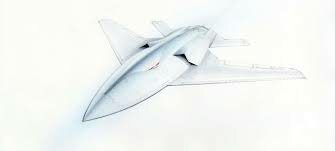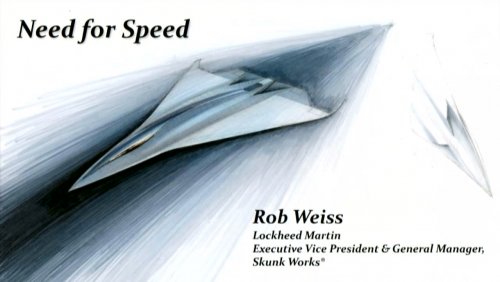THE PENTAGON – The Navy is spending more money to develop its sixth-generation fighter program but is keeping the costs classified for the third year in a row, the service said on Monday.
For the
last three budget cycles, the Navy has classified the research and development dollars it’s spending on Next Generation Air Dominance (NGAD) and service officials have provided few details about the program due to the classification. The Fiscal Year 2023 proposal, unveiled Monday, lists NGAD under the aircraft section of its research and development efforts without dollar figures.
“Although NGAD is a classified line, investments do go up over the [Future Years Defense Program] somewhat dramatically for NGAD,” Rear Adm. John Gumbleton, the Navy’s deputy assistant secretary for budget, told reporters during a Monday briefing. Gumbleton was referring to the Pentagon’s five-year budget outlook.
Asked how the Navy justifies the classification and how the service will make the case to the taxpayer that it needs the money despite not revealing the specific cost, Gumbleton said Capitol Hill is looped in on the numbers.
“Our folks on the Hill who monitor this program and approve those budgets are read into these programs and they have full access to understand what we’re requesting and what they cost,” he said.
Pressed on why the program is classified, Gumbleton referred USNI News to the NGAD program manager.
Naval Air Systems Command, where the NGAD program office resides, did not immediately respond to a list of questions from USNI News.
The Navy last disclosed spending lines for NGAD in its FY 2020 budget books, asking for approximately $20.7 million in research and development dollars for the initiative at the time. That year’s budget books projected dollar figures throughout the FYDP, with the amount increasing each fiscal year. At the time, the Navy projected it would ask for $55.05 million in FY 2021, $111.26 in FY 2022, $255.59 in FY 2023, and $371.9 million in FY 2024 for NGAD.
While Navy officials have said little about the NGAD program, the service has
acknowledged it will be a family of both manned and unmanned systems centered around a manned fighter, or F/A-XX.
“Bottom line is we see a threat out there that requires capabilities that we do not currently posses, from signature and speed and range capabilities. And so the sixth-generation program is built to solve those problems,” Rear Adm. Andrew Loiselle, who leads the chief of naval operation’s air warfare directorate (OPNAV N98), told USNI News in a December interview.
Loiselle described NGAD as a “highly classified” program, but could not say how long it would be classified.
“I can’t really answer that question. I don’t have a number,” he said at the time. “I would anticipate it’s going to be highly classified for quite some time.”
The Pentagon has kept parts of other fighter programs – like the F-35 Lightning II Joint Strike Fighter – classified, but it’s rare to classify spending lines.The Air Force’s F-117 Nighthawk program – developed in the 1970s – and the early effort for the Navy’s A-12 Avenger II attack aircraft, which was canceled in the 1990s, were both classified.
The Navy needs NGAD to come online in the 2030s so the family of systems can replace the earliest F/A-18E/F Super Hornets and EA-18G Growlers when they are set to reach the end of their service lives.
In addition to NGAD, the Navy is also developing its next-generation destroyer, or DDG(X), to succeed the Arleigh Burke-class destroyers and its next-generation attack submarine, or SSN(X), to succeed the Virginia-class boats. The service is seeking $196 million in research and development funding for DDG(X) in FY 2023 and $237 million for SSN(X).













